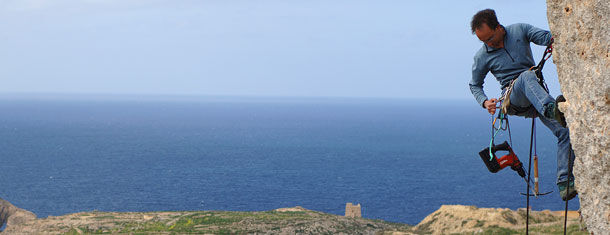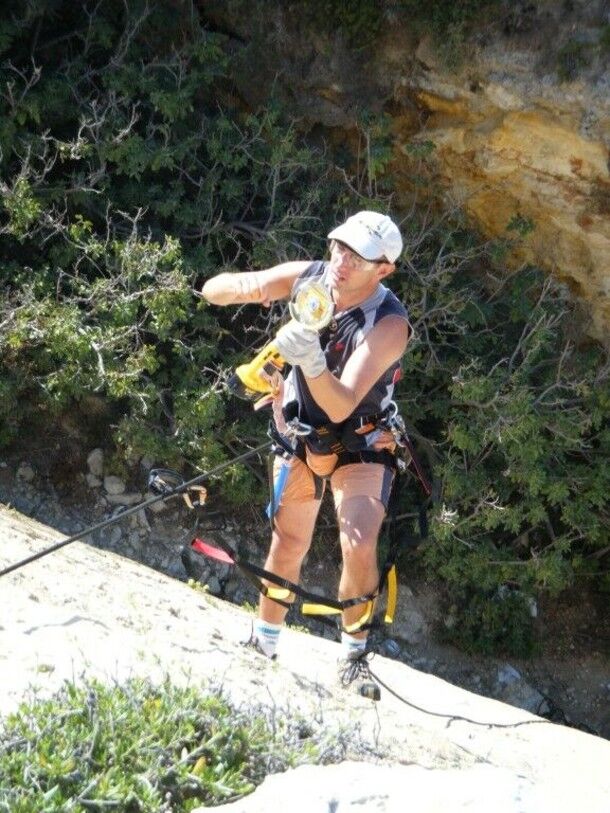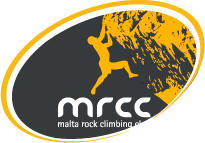The Bolting Policy of the Maltese Islands

Tooled up and ready to bolt
Bolting can be a contentious issue. There are ethical and environmental considerations, aside from the obvious safety issues that must be weighed carefully before a decision is taken to place bolts on a climb.
Climbing in Malta originally developed along the British ethic, which until the end of the ’90s meant that the local climbing community was very much opposed to bolting Maltese crags. Eventually, around the turn of the century, a movement to provide bolted climbs and crags emerged among the new generation of climbers. Despite this, it was felt that Malta could develop a unique climbing environment where some crags would be bolted, providing facilities for climbers who prefer this method of protection, some crags would be designated as mixed crags where both sport and trad climbs could be found side by side, while other crags were designated as wilderness crags, where only trad climbing is allowed and where skilled trad climbers can practice their version of the sport in pristine environments.
Around the year 2005, the leading lights in the local climbing community got together and established a bolting ethic for the Maltese Islands. This is reproduced in the publication Malta Rock Climbing – The Comprehensive Guide maltaclimbingguide.com.
Since then the policy has had to be revisited and updated to take into consideration the increasing numbers of climbers, both local and visitors from overseas, that are enjoying the sport on Malta. There is the need to provide enough facilities to accommodate this climbing population and avoid overcrowding at the crag.

Once the decision had been taken that some crags would be bolted and others would be left untouched, the next great hurdle was to obtain funding for the bolts (which are safety anchors, made of stainless steel and fixed permanently into the rock), and the skills and manpower to install them. The then Minister for Tourism, Dr. Francis Zammit Dimech, was approached by Andrew Warrington, MRCC President. He quickly grasped the value of developing crags on Malta as an attraction for a new tourist market and recommended the project to the Malta Tourism Authority (MTA). Following negotiations with the Authority, funding was eventually confirmed. In a joint project that has been running since 2006 and continues going from strength to strength, the MTA provides the hardware while the MRCC provides the skills and manpower to purchase, install and maintain bolted climbs in predefined areas of the islands. This is an ongoing project spread over many crags on Malta and Gozo and has resulted in a rapid increase in the popularity of the sport among the Maltese, as well as a growing number of visitors from overseas.

Bolt replacement programme and in-situ crag safety
The MRCC is on a hunt for corroded and dangerous bolts! Replacement of bolts that are corroded and visibly deteriorated is an on-going vocation of the Club’s Bolting Team. We seek out, ambush, remove and replace these errant bolts, some of which have been unusable since a few months after their insertion, due to inappropriate bolts being used. Thanks to the MTA-MRCC Bolting Project we have the equipment needed to remove and replace with the right bolts for our environment. If you know of any bolts that are in urgent need of replacement, please send us a message so we can tackle them as soon as possible.
The MRCC is also on a quest to install lower-offs (LOs) at the top of as many single-pitch routes as our funding will allow, within the parameters of the established bolting policy of the Maltese Islands. The LOs we have purchased are ideal for single-pitch crags where the belaying is best done from below. These LOs have been designed to eliminate the need of untying your rope while hanging from the stance to thread your rope through. When a climber reachs the top of a climb with one of these LOs, she just clips in to the hanging carabiner, screw the gate shut and it is safe to be lowered down by your belayer. After both leader and second have completed the climb, the climbers can simply pull their rope down and walk away – no need to climb back up and remove threads and other top-rope gear, as it is all in-situ.
LOs of this sort are useful for both sport and trad routes. On sport routes they complete the job of bolting a route perfectly. The only protection a climber needs to carry to complete such a sport route is a set of quick-draws. On trad routes, LOs make topping out that much more efficient and it means that you can complete more climbs in one session. It is also an important aspect that helps to protect the environment at the top of a crag. It avoids climbers trampling around the top of crags looking for belays, then having to trek the ‘easy way down’ for each climb they complete. That’s how we did it in the old days and while it is fine for remote, less frequented crags, it is a serious environmental problem at popular crags.



